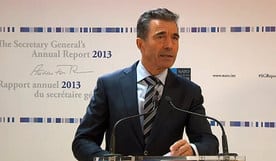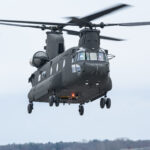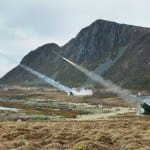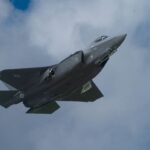
Investing in the right capabilities, maintaining connected forces and deepening and widening cooperation with partners will be required to shape a NATO alliance to meet future challenges, according to NATO Secretary General Anders Fogh Rasmussen at Monday’s launch of his Annual Report. “In September we will meet in Wales to shape Future NATO: an Alliance that is robust, rebalanced and ready to provide security for the next generation,” he said. Terrorism, piracy, regional instability and missile and cyber attacks are…













